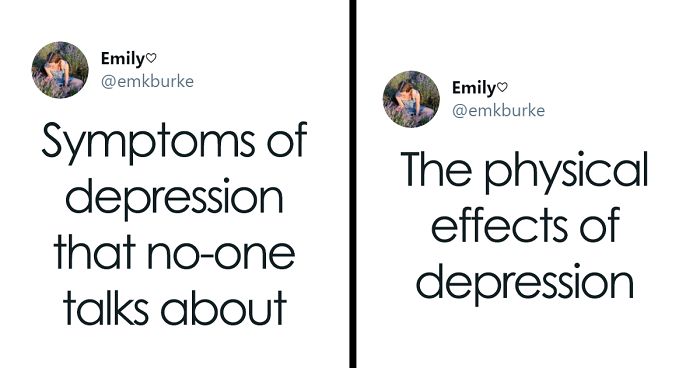
Person Lists 13 Symptoms Of Depression That No One Talks About And People Are Applauding The Post
Social media often brings out the worst in people. It can be a place of conflicts, taunting, a real center of hate. But not to 19-year-old mental health activist Emily. She uses it to spread compassion and facilitate growth.
Recently, she posted a Twitter thread about the lesser-known symptoms of depression. In it, Emily tackles themes like dissociation and self-destructive behavior, issues we rarely see in our feed but are no less significant than politics or celebrity life. After all, everything starts within.
So let’s take a break from the outside world and focus on the inner one. Continue scrolling and check out what Emily has to say. Trust me, it’s worthwhile.
More info: authenticallyemily.co.uk | Twitter
Image credits: emkburke
Image credits: emkburke
Image credits: emkburke
Image credits: emkburke
Image credits: emkburke
Image credits: emkburke
Image credits: emkburke
Image credits: emkburke
Image credits: emkburke
Image credits: emkburke
Image credits: emkburke
Image credits: emkburke
Image credits: emkburke
Image credits: emkburke
Image credits: emkburke
Emily told Bored Panda she never really planned to talk about these things on social media. “One day I just started tweeting about my experiences. I had a lot of things inside of me that I wanted to say. Or maybe even I needed to say, to start to process the things which had happened to me. The more I found that others related to the things I posted and the more I became a part of a sort of community on Twitter, the more fire I had within me to speak out even more, and even louder,” she explained. “The power of social media is really quite something. I can connect with people all over the world, with different experiences, upbringings, and cultures. I learn so much every single day. I also find a lot of comfort from finding others who have experienced similar to me. It reminds me that I’m not alone.”
Her mental health journey over the years has been very rocky. “My panic attacks started when I was 13, shortly after my grandfather passed away and I went on a school trip to Belgium to look at the war memorials. This trip really triggered something in me,” Emily recalled. From then on, her panic attacks and anxiety consumed her life.
“I was terrified to go anywhere. I didn’t want to leave the house. I started self-harming. Then I developed OCD, I believe as a way to try to get more control over my anxiety. Soon though, this got out of my control too. I slipped into depression and attempted suicide for the first time when I was 16. I was admitted to an adolescent psychiatric unit for 3 months and this was the start of two years in and out of the hospital for self-harm and suicide. Thankfully, I am no longer in that dark place. I am healing every day. I am carving out a purpose for myself and living in the future which I never thought would exist.”
“I am autistic, and I hate it when I am told to not let this define me. Being autistic shapes every part of me. It defines how I see the world. It defines my intense passions and interests. It’s not a bad thing that this defines me,” Emily explained. “However, my mental health diagnoses I suppose don’t define me in that there is more to me than my mental illnesses. I love horse riding. I love to read and write. I love spending time with my friends and family. My day is no longer defined by my mental illnesses like how they once consumed every waking thought. This took a great deal of time though, and therapy. It didn’t happen overnight.”
Depression is common. WHO estimates that it affects more than 264 million worldwide. “Depression is different from usual mood fluctuations and short-lived emotional responses to challenges in everyday life,” the organization writes on its website. “Especially when long-lasting and with moderate or severe intensity, depression may become a serious health condition. It can cause the affected person to suffer greatly and function poorly at work, at school, and in the family. At its worst, depression can lead to suicide.” Close to 800,000 people end their lives every year. Suicide is the second leading cause of death in 15-29-year-olds.
The thread instantly sparked an important conversation
Image credits: finnishah
Image credits: spamvicious
Image credits: Mothtasia
Image credits: philnicau
Image credits: AlbaCla19
Maybe what makes these symptoms even more painful is when they are being downplayed and branded as "just drama"...
every f*****g time, or it's just in your head, u r lazy
Load More Replies...*hug* It brought me to tears as well..fighting your own brain is so damn exhausting..and when you add all this bloody virus drama to it, it feels damn near impossible. I'm trying to keep a small business running, deal with PTSD flashbacks and find a place to live after being evicted in March. I f*****g hate it..
Load More Replies...So that’s whats happening with me. Can’t sleep. I’m usually active in my studies. Right now my exams are coming and I don’t know anything. O feel sad and guilty cuz my Dad trusts me and always says that he knows I’ll do well and if not he knows I did my best. But I’m not doing anything. Makes me want to cry. I say I’ll do this today. End up sleeping or scrolling on my phone.
Talk to him or write to him but let him know. I'm a Mum & IDGAF about anything as much as my children's health & well-being EVERYTHING else can wait. Our priority is always to help our children, to advocate for them & support them when they're having troubles. You can defer, catch up later or get a medical exemption but please try & ask for help it's what parents (& Dr's) are there for.
Load More Replies...Maybe what makes these symptoms even more painful is when they are being downplayed and branded as "just drama"...
every f*****g time, or it's just in your head, u r lazy
Load More Replies...*hug* It brought me to tears as well..fighting your own brain is so damn exhausting..and when you add all this bloody virus drama to it, it feels damn near impossible. I'm trying to keep a small business running, deal with PTSD flashbacks and find a place to live after being evicted in March. I f*****g hate it..
Load More Replies...So that’s whats happening with me. Can’t sleep. I’m usually active in my studies. Right now my exams are coming and I don’t know anything. O feel sad and guilty cuz my Dad trusts me and always says that he knows I’ll do well and if not he knows I did my best. But I’m not doing anything. Makes me want to cry. I say I’ll do this today. End up sleeping or scrolling on my phone.
Talk to him or write to him but let him know. I'm a Mum & IDGAF about anything as much as my children's health & well-being EVERYTHING else can wait. Our priority is always to help our children, to advocate for them & support them when they're having troubles. You can defer, catch up later or get a medical exemption but please try & ask for help it's what parents (& Dr's) are there for.
Load More Replies...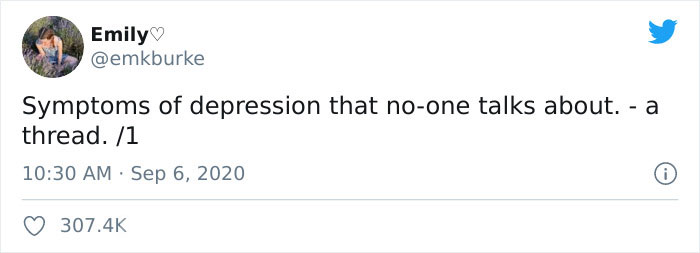
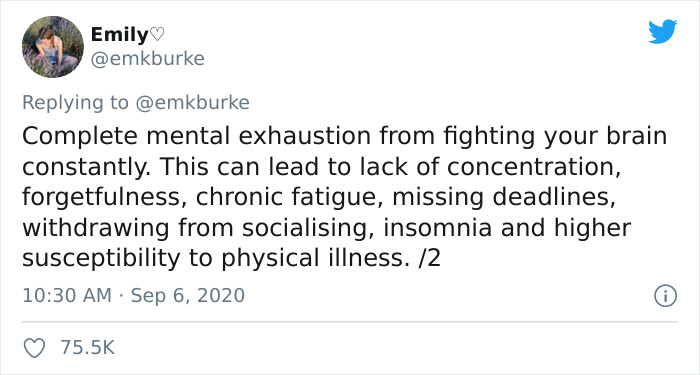
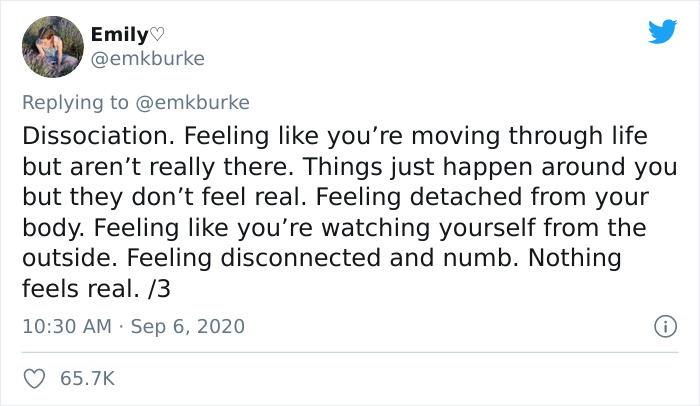
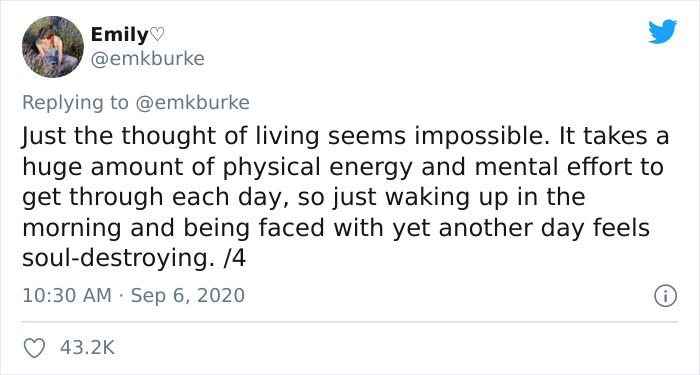
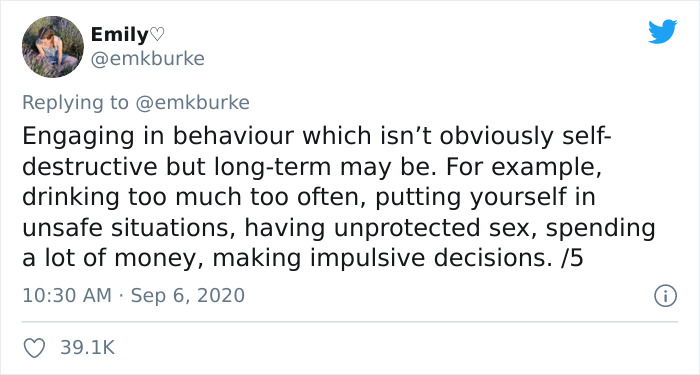
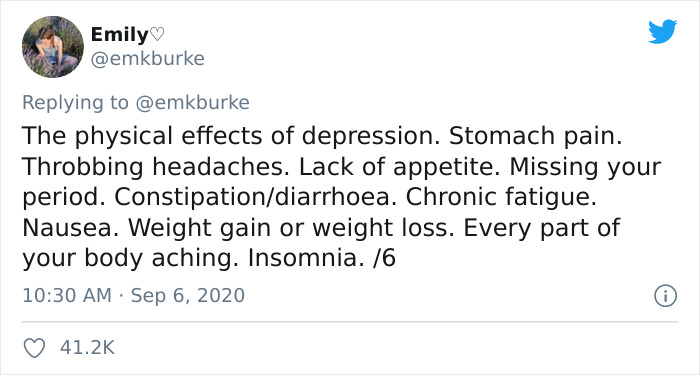
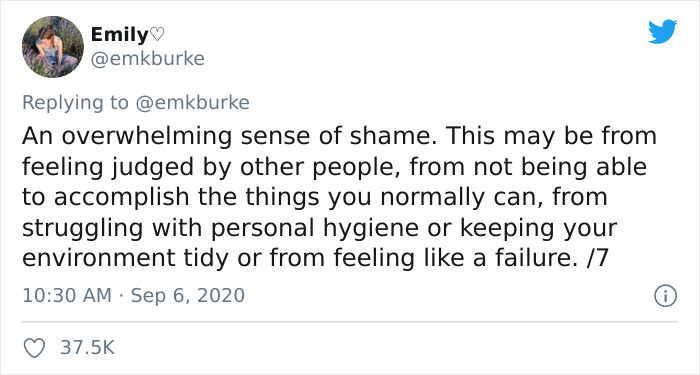
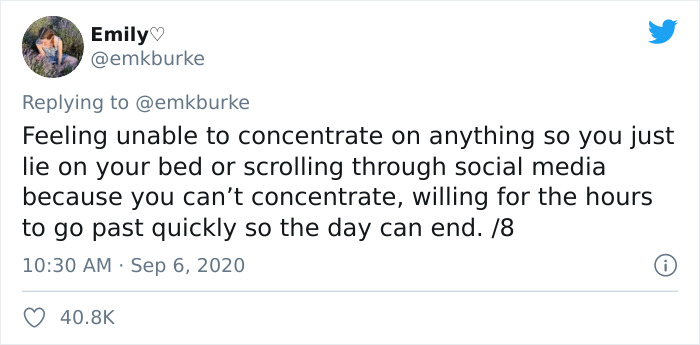
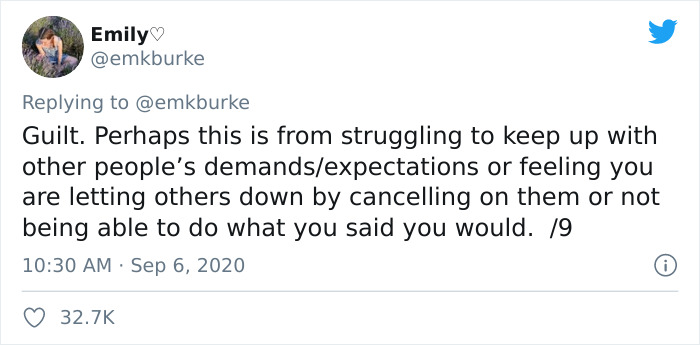
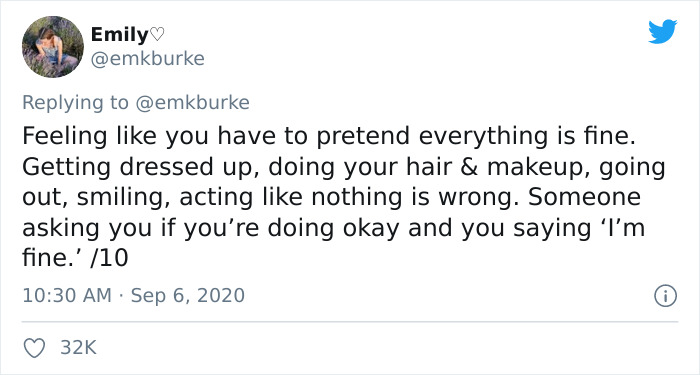
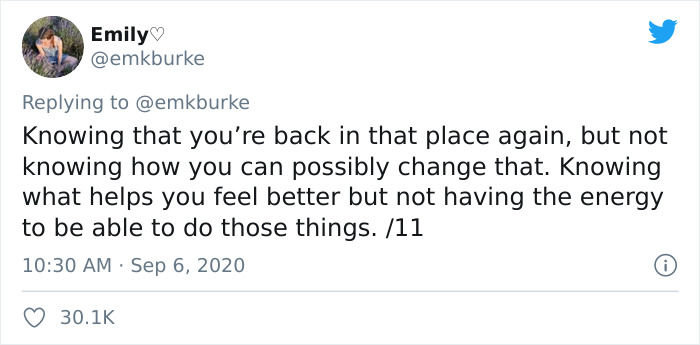
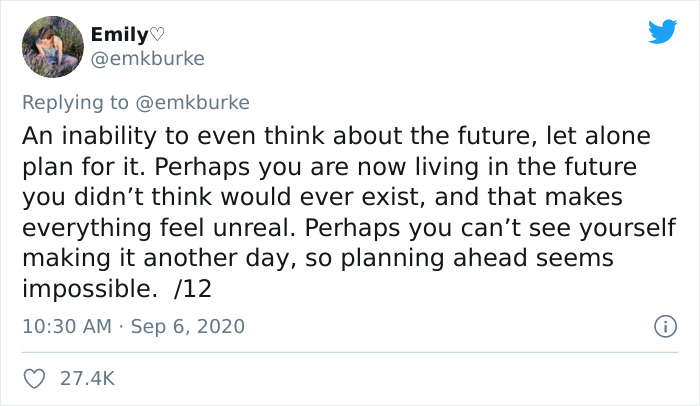
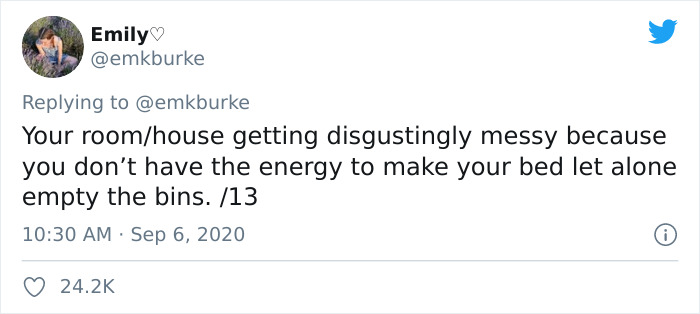
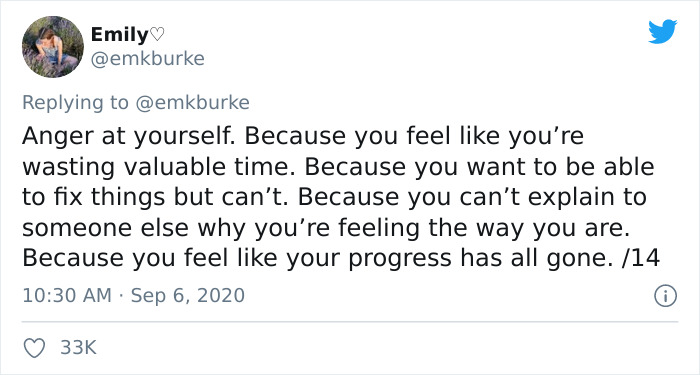
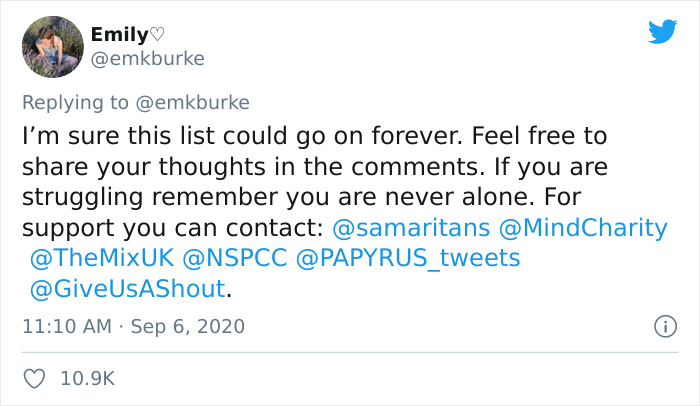
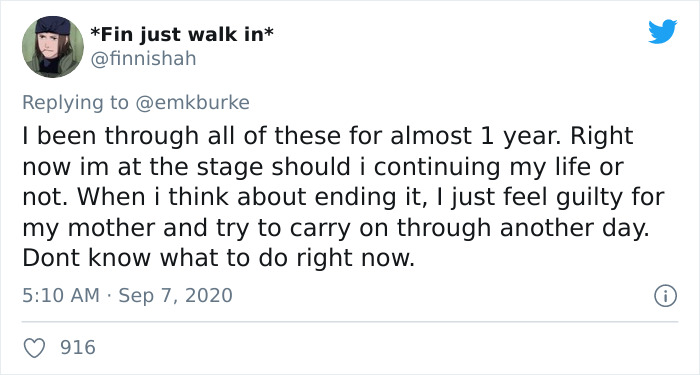
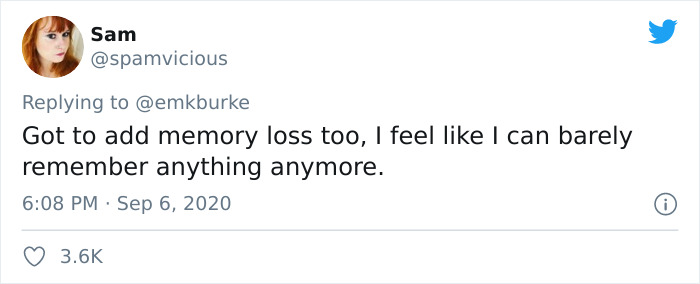
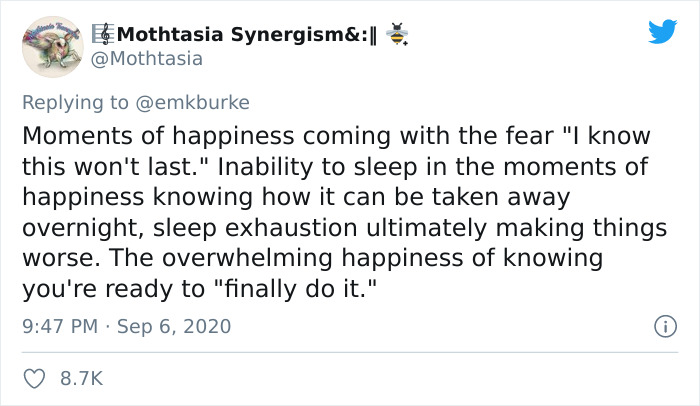
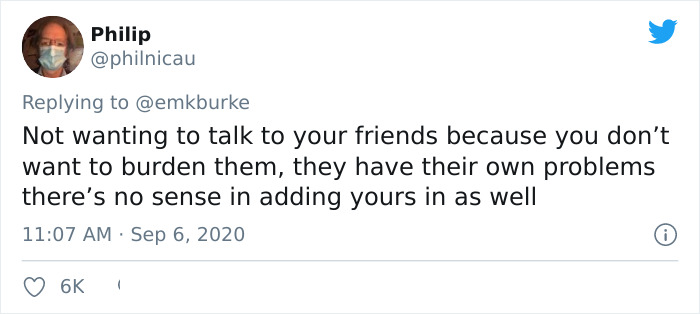
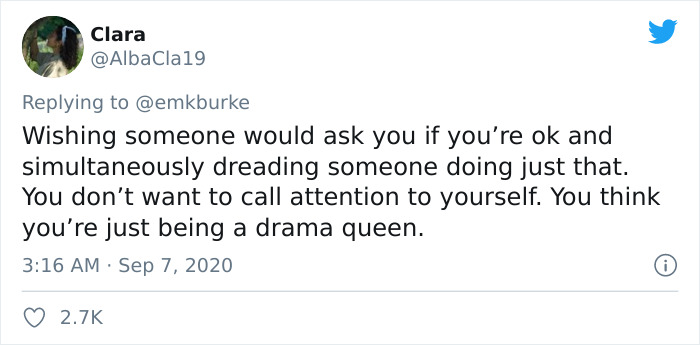

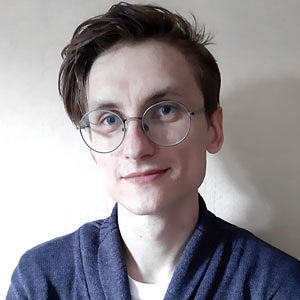












232
60